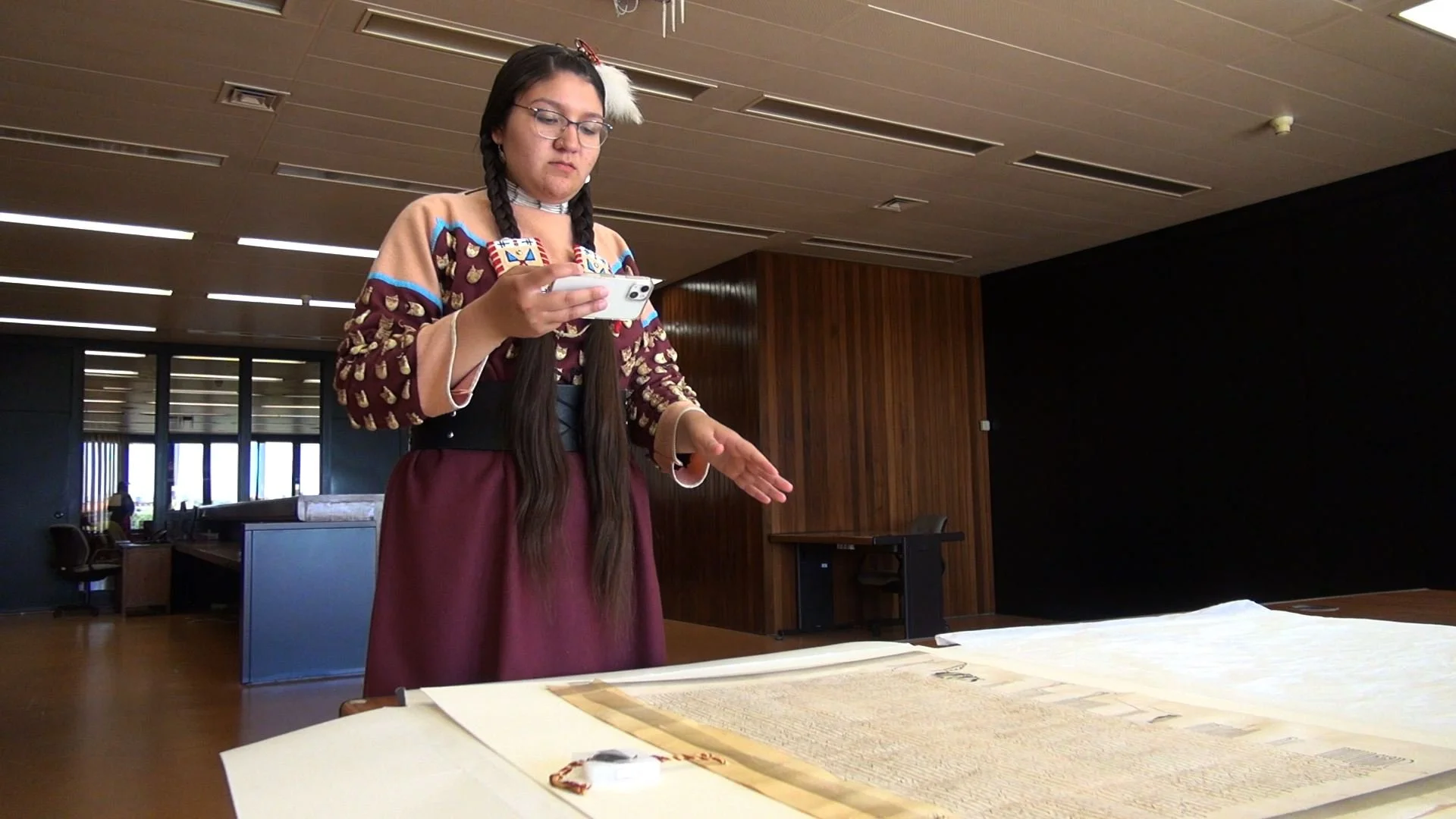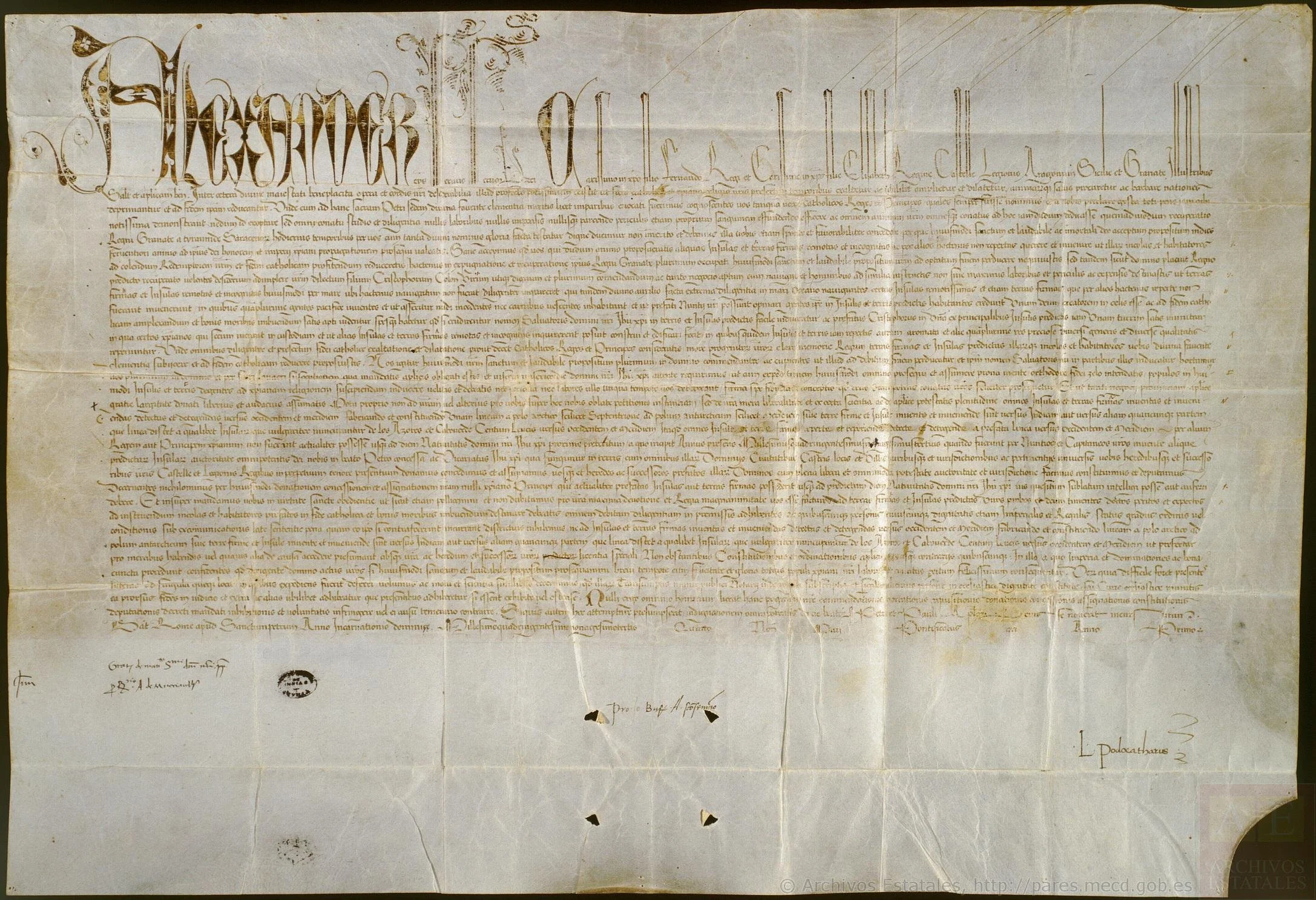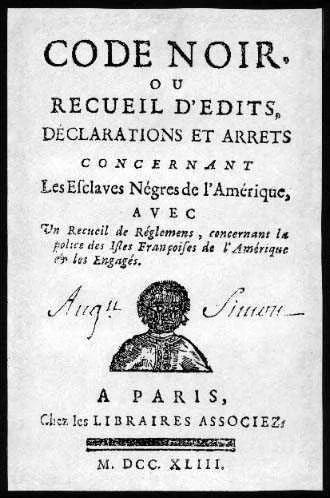A DOCUMENTARY FILM ABOUT THE IMPACT OF THE DOCTRINE OF DISCOVERY ON INDIGENOUS PEOPLES AND THE PLANET TODAY
THE DOCTRINE
Detail of the papal bull Romanus Pontifex, issued in 1455
The Doctrine of Discovery is the term for 15th-century decrees issued by the Vatican that authorized conquest and colonization, and later became enshrined in U.S. law.
The film follows a group of Indigenous teenagers from Minneapolis/St.Paul who travel to Rome to meet with Vatican officials and advocate for the repudiation of the Doctrine.
Also featured are Indigenous activists in Aotearoa New Zealand, Guatemala, New Caledonia, and Puerto Rico. The film exposes how the Doctrine of Discovery has targeted communities of color, was the origin of the transatlantic slave trade, and enables corporate forces driving the climate crisis.
A film by Gwendolen Cates
Original soundtrack by Pura Fé
The story of the Doctrine of Discovery — papal bulls issued by the Vatican that authorized conquest and colonization, adapted as international law — spans centuries and continents. In the 15th century, during the “Age of Exploration”, popes granted Spanish and Portuguese monarchs the right to seize lands not owned by other European Christian monarchs. These papal bulls also codified racism and slavery. Other European countries followed suit, and in 1823, the Supreme Court incorporated the Doctrine into U.S. law. Yet this is no relic of history. The Supreme Court has cited the 1823 Johnson v. M’Intosh case as recently as 2005 to overturn a tribal sovereignty claim upheld by lower courts, making it both relevant and necessary to explore the ongoing impact of the Doctrine in the 21st century.
Film Teaser
In 2018, a group of Indigenous teenagers, members of the Indigenous Ceremonial Mentoring Society founded in the Twin Cities by longtime activist and educator Mitch Walking Elk, learned about the Doctrine of Discovery.
They decided to request a meeting at the Vatican, becoming the first Indigenous youth to meet with Vatican officials about the Doctrine. They follow in the footsteps of Indigenous leaders who been advocating for the repudiation of the Doctrine of Discovery for decades.
Members of the Indigenous Youth Ceremonial Mentoring Society in the Twin Cities
Excerpt from the 1455 papal bull Romanus Pontifex:
…to invade, search out, capture, vanquish, and subdue all Saracens and pagans whatsoever, and other enemies of Christ wheresoever placed, and the kingdoms, dukedoms, principalities, dominions, possessions, and all movable and immovable goods whatsoever held and possessed by them and to reduce their persons to perpetual slavery…
Nina Berglund (Northern Cheyenne/Lakota)was the first Indigenous youth to see the original papal bulls,in the Portuguese National Archives
Rose Whipple (Isanti Dakota/Ho-Chunk) and Nina Berglund in Rome
Guatemala
The Doctrine of Discovery: a concise history
The papal bulls that comprise the Doctrine of Discovery were promulgated by two popes - Nicholas V and Alexander VI - between 1452 and 1493, in collaboration with the Portuguese and Spanish monarchs.
Dum Diversas, issued in 1452 by Nicholas V, authorized King Afonso V of Portugal to conquer and subjugate (enslave) Saracens (Muslims) and pagans in newly “discovered” West Africa.
Romanus Pontifex, issued in 1455 by Nicholas V, reiterated and expanded upon the territorial claims of Dum Diversas, asserting Portuguese dominion over colonized lands and non-Christian inhabitants.
Inter Caetera, issued in 1493 by Alexander VI immediately after the return of Christopher Columbus from his first voyage, granted King Ferdinand II of Aragon and Queen Isabella of Castile dominion over the Western Hemisphere up to the “line of demarcation” between Spanish and Portuguese claims of world dominion, modified slightly by the Treaty of Tordesillas in 1494.
Inter Caetera
The Code Noir (Black Code) was issued in 1685 by King Louis XIV of France. The decree defined the management, punishment, and conversion of enslaved people in the French colonies, and ordered the expulsion of all Jews. This decree was the basis of the Louisiana Slave Code, and later of Jim Crow.
‘American Progress’ by John Gast, 1872
Manifest Destiny is the American version or interpretation of the Doctrine of Discovery - belief in the divine right to territorial expansion. Andrew Jackson used the 1823 Johnson v M’Intosh decision that incorporated the Doctrine into U.S. law to push the Indian Removal Act through Congress.
While Indigenous Peoples are less than 5% of the global population, 80% of the remaining biodiversity on our planet is in Indigenous territory and thus under their stewardship.
New Caledonia
Guatemala






